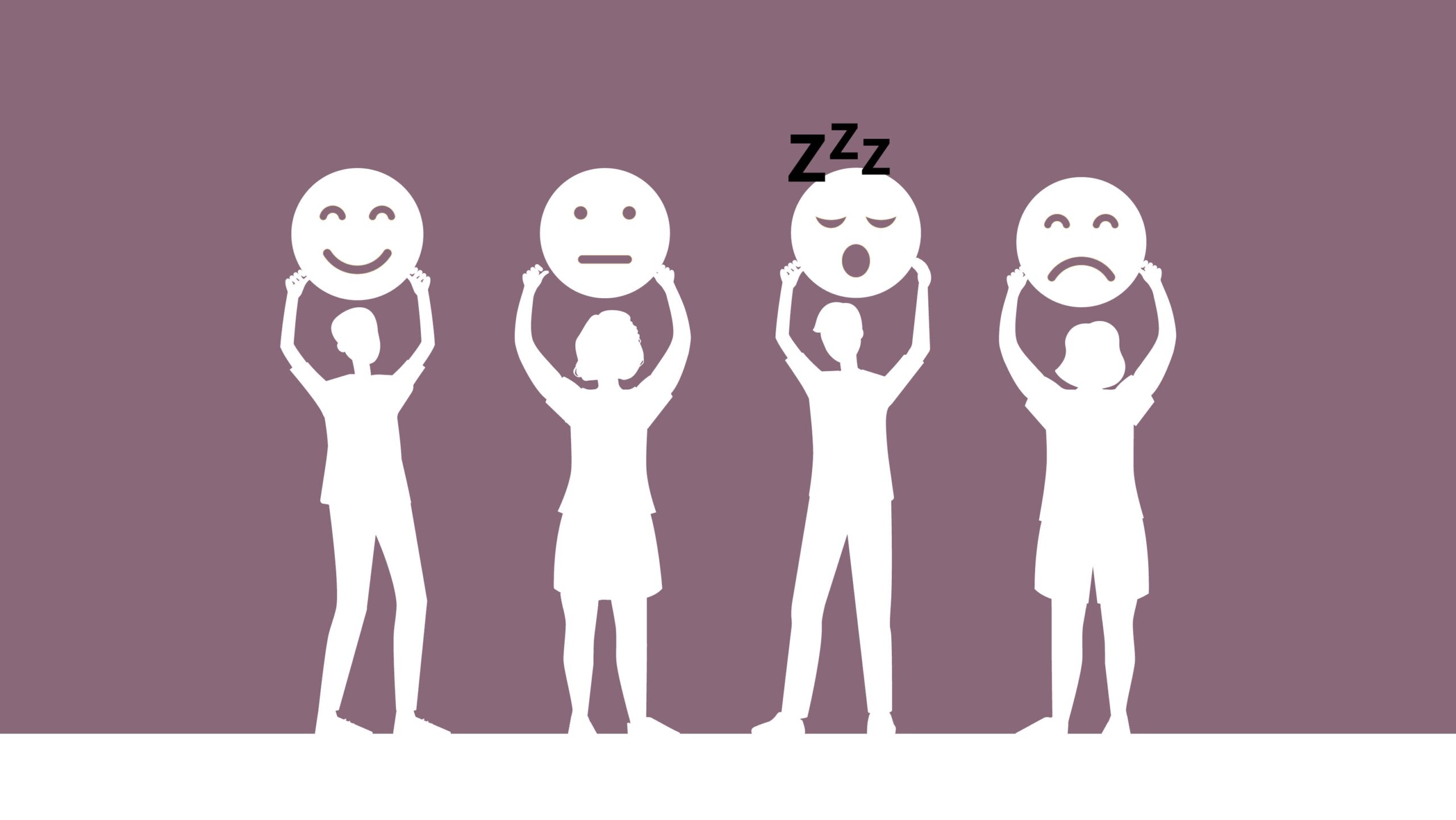
If you’re experiencing wintertime blues, you’re not alone – especially now that we’re about to “fall back” one hour into standard time on Sunday.
About 5% of the population has seasonal affective disorder, or SAD, a type of depression that occurs as daylight hours decrease in the fall. About 10 to 20% suffer from a mild form of SAD.
People with SAD sleep 53 minutes less in October than in September, according to a survey by the Sleep Foundation. The reduced level of sunlight in the fall disrupts your body’s internal clock and can lead to feelings of depression. How time changes can affect your body:
Can time change trigger depression?
The return to standard time means we see less sunshine during our day. The loss of natural light can cause a decline in the levels of serotonin, the body’s “feel good” chemical, in our brains.
At the same time, melatonin production increases when nights become longer. Researchers believe melatonin plays a role in people with seasonal affective disorder. Our circadian rhythm releases melatonin, a sleep-related hormone, in the evening and causes you to feel sleepy.
Unable to view our graphics? Click here to see them.
Although it is thought that sleep disturbances are less likely to happen as daylight saving time ends, a study by the National Center for Biotechnology Information, found that in the week after the November time shift, respondents reported the following symptoms:
◾ 34% increase in sleep dissatisfaction.
◾ 64% increase in difficulty staying asleep.
◾ 103% increase in excessive daytime sleepiness.
◾ 115% increase in difficulty falling asleep.
How does a time change affect the brain?
As we move our clocks back, we disrupt our sleep cycles, chemical balance and circadian rhythms.
Our circadian rhythm is our body’s internal clock, which is influenced by our environment, behavior and medications.
Natural sunlight is a primary source of vitamin D, an essential nutrient for overall mental and physical health. People are more likely to develop SAD during times of decreased sunshine.
Seasonal affective disorder symptoms include:
Don’t deny the feelings as “winter blues” or a seasonal funk. Some clues to tell if you may have seasonal affective disorder:
◾ Sadness or feeling down most of the day
◾ Sleeping too much
◾ Difficulty concentrating
◾ Loss of interest in activities
◾ Feeling sluggish
◾ Overeating or craving carbohydrates
◾ Feeling hopeless or guilty
Where is SAD most common?
States that are farthest from the equator have the darkest and coldest winter days because of the Earth’s tilt, which causes a decline in direct sunlight. States in the Midwest and Northeast have the least amount of sunlight in winter months.
In a recent Sleep Foundation survey, 24.4% of those in low-sunlight states had a SAD diagnosis, compared with 15.2% in states with the most sunlight.
How to adjust your body to time change
Though some cases of SAD may require therapy and medication, there are several natural alternatives for those with milder cases of the winter blues:
Improve your sleep habits. You can change your sleep schedule over a few days in increments of 15 or 30 minutes to gradually adopt a new routine. A consistent pattern can help make your bedtime easier to adjust.
Enjoy sunny days. Take a brisk walk or sit in a park. Get outside to soak up the sunshine. That will help adjust your internal clock.
Follow a healthy diet. Don’t overindulge in caffeine or alcohol. Both can affect your sleep habits.
Keep moving. Exercise, even in small amounts, will help you feel better and more energized. If you’re limited to indoor activities, try walking up and down stairs, doing simple yoga moves, or even dancing to your favorite music.
Socialize. Stay in touch with friends or family. Call, email, or text those social relationships. Checking in with other people can help boost your mood as well.
SOURCE Sleep Foundation; Northwestern Medicine; UT Southwestern Medical Center; National Institute of General Medical Sciences; The Mayo Clinic and USA TODAY research
CONTRIBUTING Janie Haseman/USA TODAY
